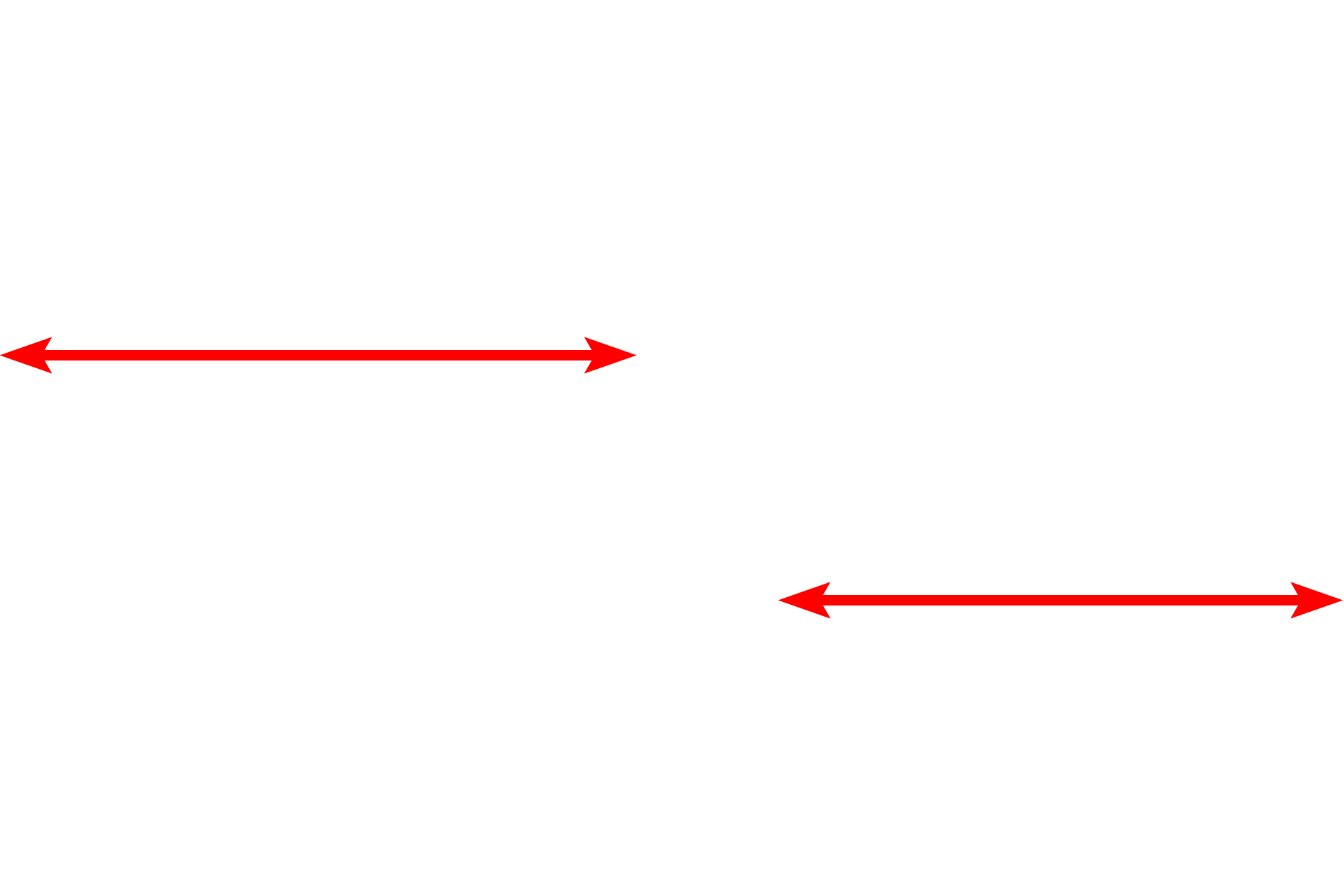
Oligdendrocytes - Myelin sheath
This electron micrograph shows a longitudinal section of a myelinated axon in the region of the node of Ranvier. The node is flanked by myelin internodes. (Image courtesy of Dr. Jeffrey Dupree) 40,000x

Axon
This electron micrograph shows a longitudinal section of a myelinated axon in the region of the node of Ranvier. The node is flanked by myelin internodes. (Image courtesy of Dr. Jeffrey Dupree) 40,000x

- Microtubules >
Axons contain an abundant cytoskeleton, notably, large numbers of microtubules for transport and neurofilaments for support and stability.

- Neurofilaments
Axons contain an abundant cytoskeleton, notably, large numbers of microtubules for transport and neurofilaments for support and stability.

Node of Ranvier >
The node of Ranvier is a specialized region of the axon located in the gap between adjacent internodes. The plasma membrane of the axon at the node of Ranvier possesses a high concentration of sodium channels, which depolarize the membrane and propagate the action potential by the process of saltatory conduction.

Myelin internodes >
The myelin sheath consists of individual myelin segments, internodes, that are aligned along the axon. Each internode consists of a compacted region, where cytoplasm between the membranes has been extruded, and uncompacted regions where the cytoplasm remains. Most of the internode consists of compact myelin; the uncompacted regions adjacent to node of Ranvier are called paranodes. Each oligodendrocyte produces multiple internodes on numerous axons by the spiral wrapping of its plasma membrane around the axon.

- Compact myelin >
Compact myelin, constituting most of a myelin internode, is composed of membranes with a uniquely high lipid content, providing insulation to ensure salutatory conduction occurs. Only a small portion of compact myelin is visible on the left.

- Paranode >
Paranodes, located at the ends of an internode adjacent to the node of Ranvier, consist of uncompacted myelin membranes. The paranode consists of cytoplasm-filled, plasma membrane loops (paranodal loops) of the myelinating cells. Each loop contacts the axon membrane forming tight junctions that anchor the internode to the axon and restrict the lateral movement of the sodium channels.

-- Paranodal loops
Paranodes, located at the ends of an internode adjacent to the node of Ranvier, consist of uncompacted myelin membranes. The paranode consists of cytoplasm-filled, plasma membrane loops (paranodal loops) of the myelinating cells. Each loop contacts the axon membrane forming tight junctions that anchor the internode to the axon and restrict the lateral movement of the sodium channels.
 PREVIOUS
PREVIOUS